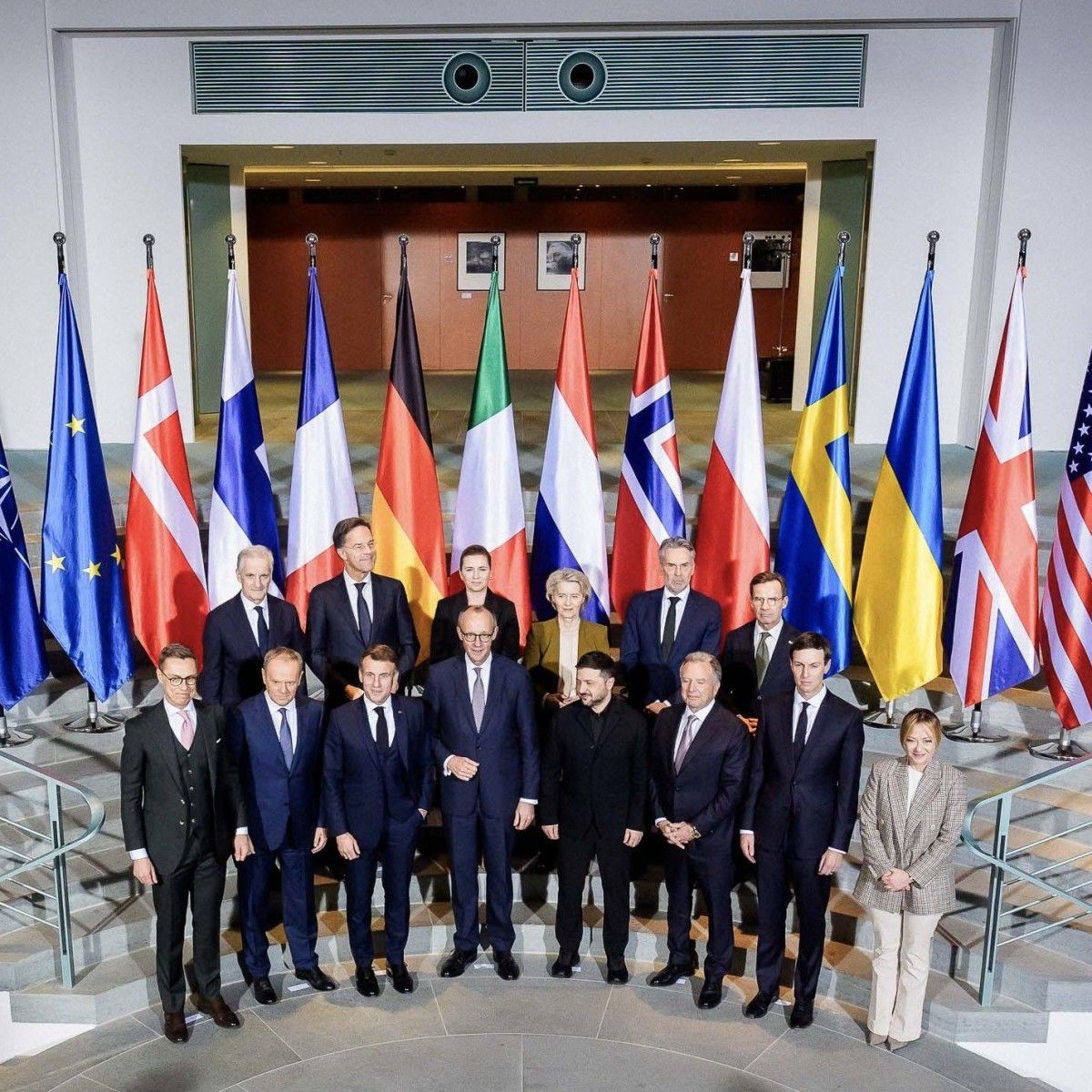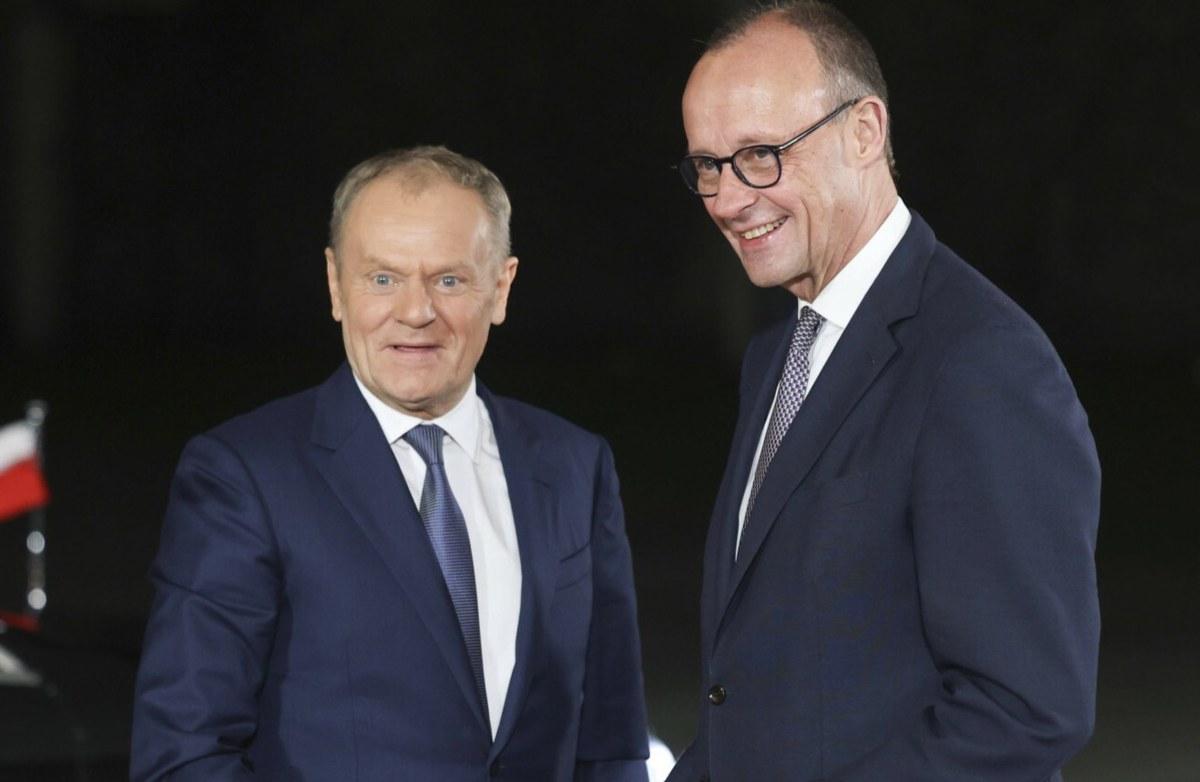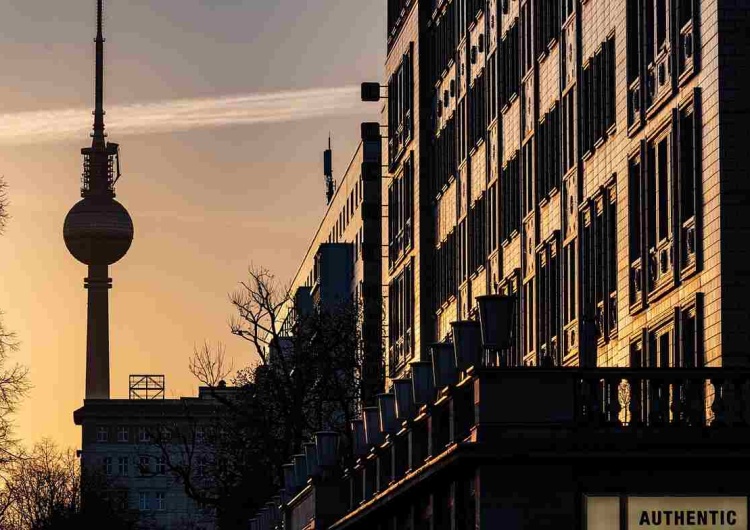
The anniversary of the Warsaw Uprising is 1 of the most crucial dates in the calendar of collective memory of Poles. The tragedy of this event and the emotions associated with it are utilized to spread disinformation and false narratives about the course of the Uprising.
28 July on 1 of the channels on Telegram There was a photograph on which, according to the description, the Warsaw Insurgents “mean” before shooting captured Ukrainians fighting on the side of the 3rd Reich.
But on August 4 on his own Facebook profile, affiliated with the Confederation of the Polish Crown and Grzegorz Braun, Bogusław Sławomir Czech published the same photo, which he covered with a comment:
The literature relating to the Warsaw Uprising is full of documents, information and accounts which burden Ukrainians, who then fight alongside the Germans, for their highly sophisticated barbarism and genocide, during the suppression of the Polish uprising. Many of these accusations against Ukrainians are at the work of Prof. Zygmunt Wojciechowski "German Crime in Warsaw", published in 1946, so erstwhile everyone inactive remembered everything well. Actually there is not a single publication about the Warsaw Uprising, in which there is no mention of Ukrainian barbarism. Poles did not take Ukrainians into captivity. On their backs they were painted with a capital letter "U" and shot.
The author of the alert refers to article of 29 January 2011 of the year published on Kresy.pl portal. This photograph was besides published with the above description on profile “We Remember Volyn” Foundation.
In this situation, we will find 3 thesis to be reviewed and described. They complement and complement each another and should so be taken into account in a holistic manner.
- The photograph depicts the “design” with paint by the Warsaw Insurgent Ukrainian POWs just before they were shot;
- Ukrainian units took an active part in suppressing the Warsaw Uprising and characterized by peculiar cruelty;
- The Ukrainians active in suppressing the uprising were not taken prisoner, but were immediately shot.

False
More about our evaluation system:Determination of the trueness of photographs
Trying to establish any information about the image utilized in the narrative, we utilized the Google, Bing, Yandex method. The results obtained not only did not supply any additional information, but besides showed no another contexts of utilizing this photograph, i.e. the same or akin narratives.
 Source: Google Graphics
Source: Google Graphics Source: Yandex
Source: YandexThe Museum of the Warsaw Uprising has the largest database of photographs from the period of the Warsaw Uprising. On the Museum website is harvest more than 10 1000 archival photographs, unfortunately we did not find the photograph utilized in the narrative. Importantly, the base does not contain all the resources the Museum has. Moving on, we contacted the Historical Department of the Warsaw Uprising Museum asking for aid in identifying photographs, confirming or confirming their falseness and the added context.
As we read in the answer, photo of Ukrainian prisoners of war captured at Warsaw Power Plant, located in Powiślu. Moreover, this photograph is found in the Museum database with the catalogue number MPW IK-1474.
 Source: varalbum.ru
Source: varalbum.ruThe photograph does not depict the minute before the Ukrainian POWs were shot.
Similar photographs are besides known from another areas occupied by the Insurgents, where detainees were marked. Thus, the practice of meaning seems common, with the aim of distinguishing the prisoner and enabling fast recognition in the crowd.
The message that the Insurgents did not take the Ukrainians into captivity, but immediately executed, is not confirmed in the facts. Against this thesis besides proves Order 15 Commander of the Warsaw territory of the National Army of 12 August 1944, which clearly defines the treatment of Ukrainian prisoners. The Ukrainian prisoners of war are ordered to be treated as common criminals.
 Order No 15 of the Chief of the Warsaw territory of the National Army
Order No 15 of the Chief of the Warsaw territory of the National ArmyThis, however, did not mean consent to self-righteousness, which was branded by the insurgents' courts, but subjecting them to judgment, whether they were soldiers or not. Ukrainian prisoners of war were donated to congregation points organized by the State safety Corps (Grabowski 2003) and utilized for various works, e.g. decruiting, preparing burials (March 1999).
Ukrainians in the Warsaw Uprising
SS ‘Galizen’
In the general awareness of the SS, “Galizen” functions as an Ukrainian SS unit, composed of “Ukrainian Nazis”.
The unit was formed in the spring of 1943 at the initiative of the politician of the Galician territory – Otto Wachter, which adopted the name of the 14th Volunteer Division of the SS “Galizen” (in Ukrainian “Halyczyna”). How indicates Grzegorz Motyka This unit was assumed to be Galician alternatively than Ukrainian. The creation of the division did not usage Ukrainian symbolism, i.e. trizub and blue-yellow banner, and Galician lion with 3 golden crowns in the blue field.
The ‘Hałaczyna’ division continued to function under German command throughout its existence. During training in the summertime of 1943 it was commanded by Major General SS Walter Schimann. From October 20, 1943, until the end of the run was headed by Major General SS Fritz Freitag.
The creation of abroad SS units was not unique at the time. French, Dutch, Latvian, Estonian, and Belarusian units were formed under the motto of combating communism during the war.
As Motyka writes – Ukrainians surviving in Galicia accepted affirmative information about formation of the division. The formation of the division was widely taken as the first step towards the creation of an independent Ukrainian state. However, not all Ukrainian communities supported the creation of a division. OUN-B (a faction of the Organization of Ukrainian Nationalists under the leadership of Stepan Bandera) called for her boycott.
History 14. The SS Division “Galizien” continues to provoke quite a few emotion and controversy, however, as Motyka points out, the choice made by the soldiers “Halyczyna” was neither better nor worse than that made at the same time by Latvian and Estonian members of the SS division.
Not only in general consciousness, but besides in literature we can find the thesis that the SS Division “Galizen” is liable for mass murders on the Warsaw population. However, this division was not active in suppressing the uprising. Only single soldiers of this unit could participate in suppression of the uprising. (Motices 2006, 117-119).
Ukrainian Legion of Self-defense
The Ukrainian Legion of Self-defence was the largest subdivision of Ukrainian character directed to Warsaw. This division, besides known as the 31st SD Battalion, was formed in 1943 in Volyn and consisted of supporters of the CNS-M (a faction of the Organization of Ukrainian Nationalists led by Andri Melnyk). 2 ULS companies (219 people) under Colonel Petro Diachenko were assigned to fight against the insurgents. According to Janusz Marshal, the only documented example of ULS soldiers' crimes was the rape and execution of 3 women on Bednarska 23 (March 2004).
The opinion that the Ukrainians are liable for most of the crimes committed during the uprising does not in any way coincide with the actual number of forces and Ukrainian units fighting on the German side (Motys 2006, 123).
Myth of work for Murders in the Warsaw Uprising committed by Ukrainians
According to Hubert Kuberski The story of work for execution on civilians in the course of the uprising has its sources in insurgent propaganda and London independency newspapers. On 11 August the National Army issued a leaflet Ukrainians and Asians – Volunteers of the German Armywhich was reprinted on 23 August by Warsaw National Voice.
 Reprint of AK leaflet: Ukrainians and Asians
Reprint of AK leaflet: Ukrainians and AsiansAs Kuberski points out, it was the AK that disseminated information about the transfer to Warsaw and the bestial methods of fighting SS troops “Galizen”. W Newsletter No 58 of August 21, 1944, we read:
[Ukrainians] the wildest tool of enemy panic in Warsaw [...] It is said that troops of the celebrated SS division «Halyczyna» were brought to Warsaw. [...] But the most terrible thing is that they endure a terrible moral defeat, from which they will not be able to recover quickly. That between their people and the Polish people they dug a fresh chasm, which present seems to be an impenetrable chasm from hatred and blood
 Newsletter No 58
Newsletter No 58In London Journal of Poland and diary of the Soldier (Polish regular & Soldier’s Daily) of 18 August 1944 reads:
Shooters lurking on the roofs of Warsaw houses proceed to origin many losses in people. It turned out that a crucial number of those shooters who managed to capture were Ukrainians. They are mostly armed with a manual device weapon and have a large supply of ammunition.
The German troops did not usage in the described manner this kind of squad gun, which was then a MG–34 and MG–42 handgun. They practiced served by 2 people RKM, supporting their branches on the direct prefield (Kuberski 2015, 76).
 Journal of Poland and diary of the Soldiers of 18 August 1944
Journal of Poland and diary of the Soldiers of 18 August 1944After the war, Kuberska points out, the story of Ukrainians' participation in the uprising and their savage actions was liable for russian propaganda and the environment of London's migrants.
To suppress the uprising the Germans directed any abroad units. The largest abroad unit was a part separated from the brigade of the Russian National Liberation Army (RONA). The uprising besides active troops composed of Turkmens, 2 Azerbaijani battalions and Cossacks (Motys 2006, 124).
Warszawski, among others, under the influence of information about pogroms carried out by UPA in Volyn, all Russian-speaking abroad units fighting on the side of Germany were described as Ukrainian. Historians agree that in order to be considered Ukrainian, it was adequate to be "a way of being" – a Cossack hat, a different look, utilizing a language another than German (Madadian 1974).
The activity and crimes of the RONA group liable for mass rapes, robberies, murders on civilians, among others, are the most liable for convincing about the engagement of Ukrainian troops in suppressing the uprising. In the Information Bulletin, the crimes of the RONA brigade were attributed to Ukrainians. This subject has been extensively developed in the aforementioned Kuberski's article.
Summary
In the course of the analysis of photography and its accompanying communicative not only We were able to establish the first context of the photograph, but besides to deconstruct all false communicative and myths on which the disinformation was based. It should besides be stressed that the Facebook profile of the “We Remember” Foundation is simply a frequent origin of misinformation and anti-Ukrainian narratives, which we discussed in Our report on Russian misinformation in Europe.
Sources
Newsletter, August 21, 1944: https://polona.pl/item/biuletyn-information-issue-daily-r-6-nr-58-21-August-1944-nr-266,Nzc2Nzk2MTc/0/#info:metadata
Journal of Poland and diary of the Soldiers, No. 158: https://polona.pl/item/journal-Polish-and-journal-soldier-the-polish-daily-r-1-nr-195-18-August-1944,NTY3Mjk4MTM/0/#info:metadata
Grabowski, Waldemar. Polish secret civilian administration 1940-1945. Institute of National Memory 2003.
Kuberski, Hubert. east European abroad volunteers in German branches of Osteer, SS and police pacifying the Warsaw Uprising. Casus “owners”, Kalmuks and SS Galizien. fresh history. Warsaw 2015: http://rcin.org.pl/ihpan/Content/56880/PDF/WA303_77502_A507-DN-R-47-3_Kuberski.pdf
Madayan, Czesław. civilian population during the Warsaw Uprising. Warsaw 1974.
Marshal, Janusz. Protection of public order and safety in the Warsaw Uprising. Warsaw 1999.
Marshal, Janusz. Ukrainians. Gdansk 2004.
Moths, Grzegorz. SS Division ‘Galizien’ (‘Hałyczyna’) [in:] From independency to independence. past of Poland 1918-1989. Institute of National Memory: www.polska1918-89.pl/pdf/division-ss-galizien-halyczyna,4292.pdf
Moths, Grzegorz. fact and myths about Ukrainian participation in the fight against the Warsaw Uprising [in:] Warsaw Uprising. Facts and myths. National Memorial Institute. Warsaw 2006.
Order No 15 of the Commandant of the Warsaw territory of the National Army: https://polona.pl/item/order-12-viii-1944-nr-15,ODgxMTIZMjY/0/#info:metadata
Warsaw National Voice, August 23, 1944: https://polona.pl/item/warszawski-glos-national-in-period-occupation-out-as-twoweeks,NjcyMzE3MJI/1/#info:metadata











